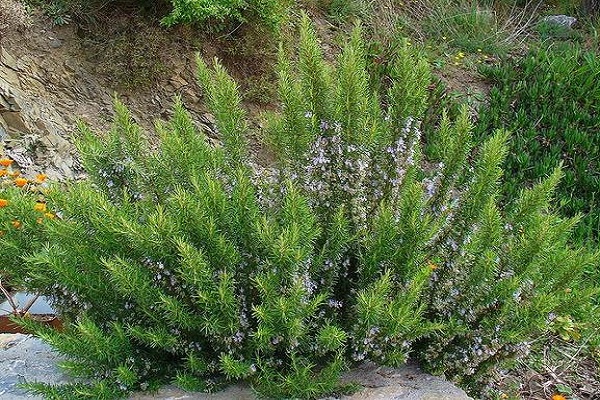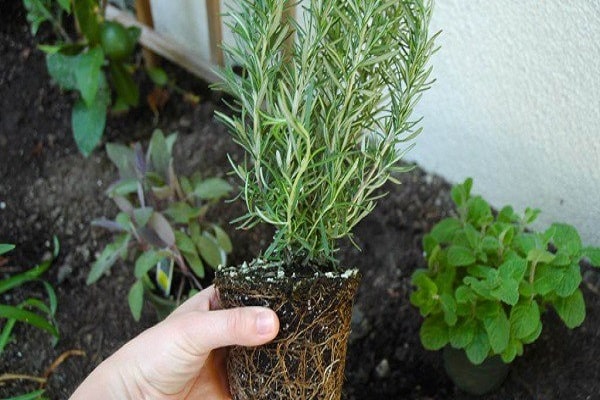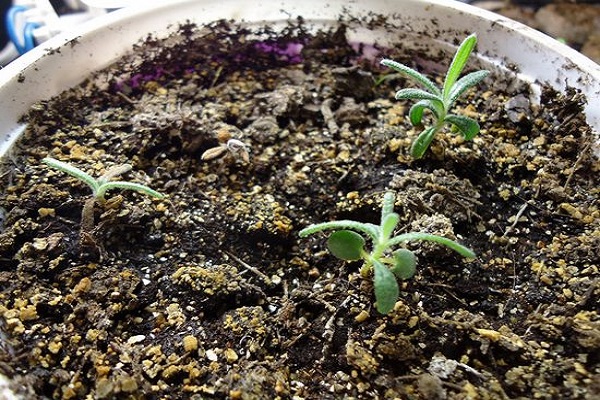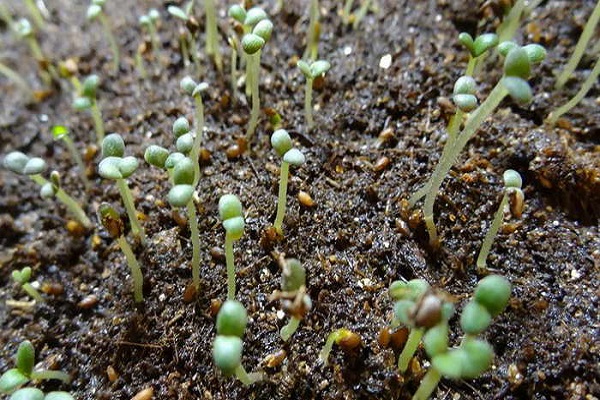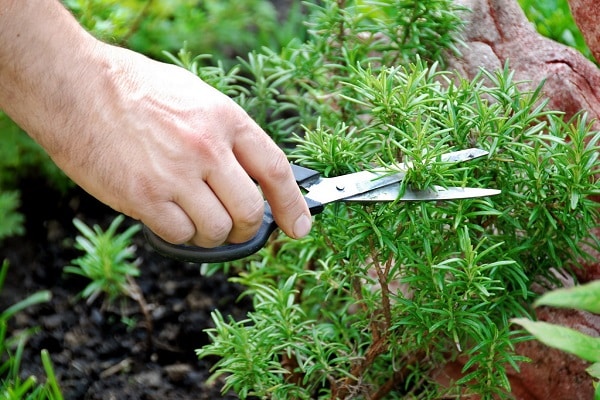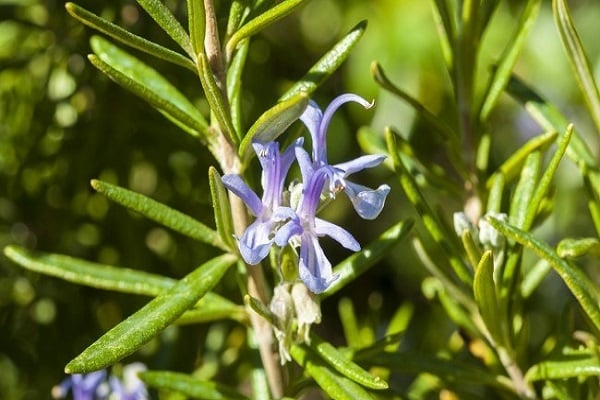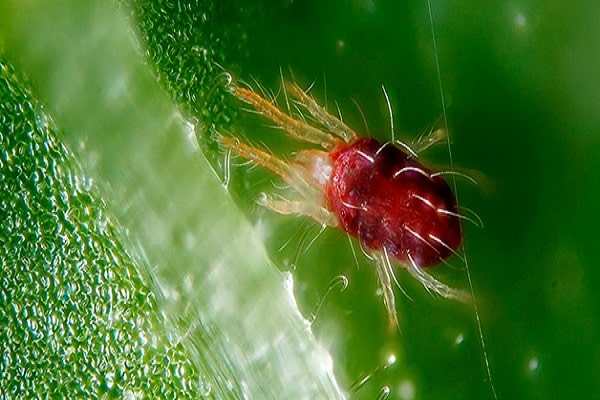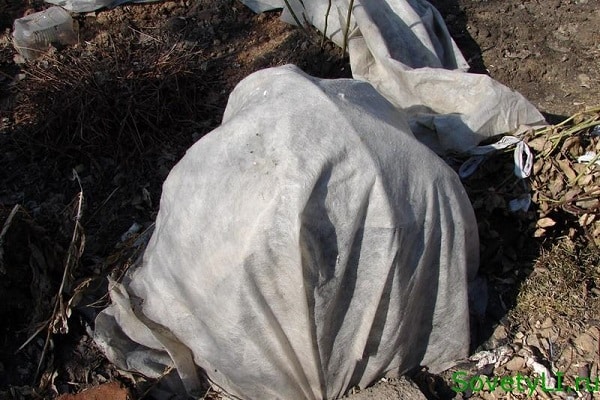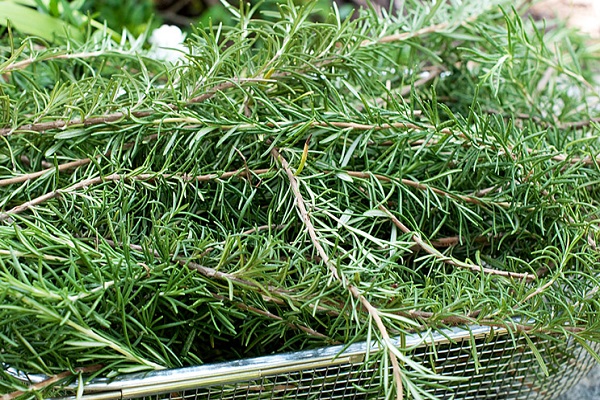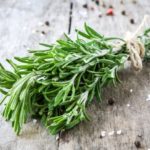Rosemary is valued by many gardeners not only for its spicy aroma, but also for its aesthetic properties. Bushes of the plant are often grown in summer cottages as decoration. In regions with frosty winters, including the Moscow region, it is better to grow rosemary in open ground. Planting on the ground promotes accelerated and proper growth and the absence of diseases.
Rosemary, specifics of growing in the Moscow region
When planting rosemary bushes in the Moscow region, it is worth taking into account the climatic conditions and specific soil in the region.In summer, the plant can be immediately planted in open soil, and in winter the bushes will take root only in pots. Low acidity soil is suitable for planting perennials.
Landing dates
The plant should be planted in late spring to avoid possible frosts or in early summer. Shrubs can be propagated at any time, except winter. In temperate climates, it is better to take shoots for seedlings in the spring before the grass begins to bloom and plant them in the soil in May - June. Autumn perennials are suitable for growing indoors.
Choosing a landing site
When growing in open ground, it is better to choose well-lit areas for rosemary. In practice, the plant demonstrates active growth when placed on southern slopes. If the bushes were planted at home and require replanting into the soil, then they are taken out into the open air after all frosts and replanted after a few days of acclimatization. For a perennial plant, moderately moist soil with a high content of leafy grain composition, sand and humus is better suited.
Planting a plant in open ground
Rosemary is planted in the soil using layering, seeds or cuttings. There should be about 50 cm between the bushes so that the root systems do not intertwine with each other. Before planting, you should moderately moisten the soil and remove the remains of previously planted crops. Plants should be placed to a depth of no more than 4 cm for cuttings and layering and 0.4 cm for seeds. The landing sites are sprinkled with loosened soil.
Cultivation care
The perennial does not require special care conditions and can grow for many years if basic rules are followed.It is enough to water rosemary periodically, visually monitor damage to the leaves and maintain the soil in a favorable condition. To ensure active growth, you should pay attention to the following points:
- If the plant's foliage turns yellow, it means more frequent watering is required. When leaves fall, excess moisture is likely.
- Like other plants, rosemary needs constant weeding and loosening of the soil.
- Once every 6–7 years, the plant needs to be cut back to soil level to form new shoots. It is recommended to rejuvenate bushes in March - April. After flowering of new bushes, you need to trim the shoots to 3 cm to strengthen them.
Watering
Rosemary can tolerate drought, but requires abundant and regular watering for stable growth. In spring and summer, you can water the plant every other day, and in dry weather - daily. If the bushes are not planted in open ground, but in separate containers with soil, then it is important not to overwater the plants, since rosemary is susceptible to waterlogged soil.
Top dressing
The use of fertilizers to feed rosemary is not a requirement for proper growth, but the use of specialized products helps strengthen the root system and have a positive effect on the appearance of the plant.
Once a month, you can use a complex mineral and organic fertilizer, which contains nitrogen and phosphorus.
In spring, perennials benefit from nitrogen fertilizers, in autumn – from phosphorus fertilizers. When overwintering plants in containers or a greenhouse and then replanting them in open soil, fertilizers are not required if fertile soil is used in the planting site. Growing in open ground requires periodic feeding with complex fertilizer.
Diseases and pests
Despite the high resistance of rosemary to diseases, under unfavorable conditions there is a risk of damage to the perennial. A common pest is the spider mite, which leaves an inconspicuous web on the leaves, leading to wilting. To combat insects and the consequences of their appearance, you need to wash the foliage with a soapy solution.
If the bushes are severely damaged, it is worth using insecticidal fertilizers.
Among the diseases, powdery mildew is considered the most dangerous for rosemary. The cause of the disease is a sharp change in temperature conditions. Signs of crop damage are the formation of white plaque on the leaves and stems. A solution of potassium permanganate or a mixture of baking soda and soap helps eliminate the disease. As an additional measure, you can replace the top layer of soil in which infectious agents accumulate.
How to cover rosemary for the winter?
When the air temperature drops below 10 degrees, overwintering rosemary in an open space can negatively affect the plant. Even if you cover the bushes for the winter and protect them from wind and low temperatures, the soil can freeze. To prevent the cold from destroying the root system, it is better cover rosemary for the winter in a separate room.
Before frost begins, the plant must be carefully dug up and placed in a flowerpot or barrel. An important condition for the room where rosemary will overwinter is good lighting. The ideal option is a greenhouse or country veranda.
Harvest and storage
The leaves, shoots and inflorescences of rosemary have beneficial properties. Foliage is of greatest value in terms of practical use.You need to collect the shoots before flowering, since during this period the leaves contain the most useful components. Having chosen the youngest shoots, you need to cut off the branches of the bushes 15–20 cm long.
The collected green mass should be laid out on paper sheets and left to dry for 2 weeks, turning over periodically. You can dry the plant with individual leaves or branches. To speed up the process you can dry rosemary in the oven or electric dryer. You can store the plant in a cool, dark room, hanging bunches of 5-7 branches. If you need to use perennials in cooking, you can leave the dried herbs in fabric bags or containers for seasonings.

